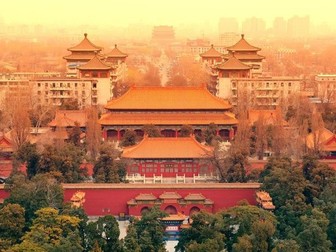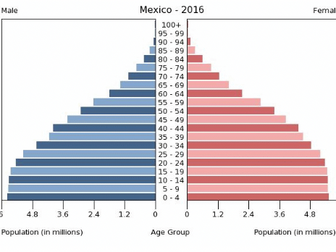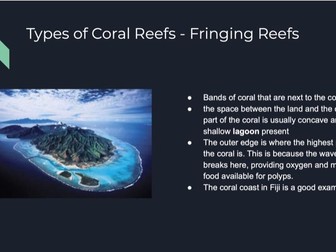Geography IGCSE Case study Booklet -All 20 Case Studies with 7 Mark Answers Provided
<p>This <strong>IGCSE Geography booklet</strong> provides all of the Case studies needed for the CIE IGCSE in Geography. Each Case study has an SPR (specific place reference), facts, impacts, causes and any other informantion necessary for that Case study. Also each case study comes with 1 or 2 <strong>seven mark answers</strong>, so that you can get an idea for what questions might be asked in the exam. This resource is great for any students taking a GCSE in geography and is built around the <strong>CIE IGCSE specification.</strong></p>
<p>The case studies included are:</p>
<p>THEME 1<br />
o Dense population – Japan<br />
o Sparse population – Japan<br />
o Over populated/ population growth/high dependency ratio – the Gambia<br />
o International migration – Poland-UK<br />
o Under populated/ population decline - Russia<br />
o Anti-Natalist policy – China<br />
o Pro-Natalist policy – Singapore</p>
<p>THEME 2<br />
o Earthquake – Indian Ocean Tsunami<br />
o Volcano – Eyjafjallajokull<br />
o The opportunities presented by a river, the hazards associated with it and their management – Bangladesh<br />
o Tropical Rainforest – Taman Negara<br />
o Hot desert – the Sahel<br />
o Adaptations of plants and Animals – Desert/Rainforest</p>
<p>THEME 3<br />
o TNC/industry – Coca cola<br />
o Farm or agricultural system – Rice farming in the Ganges valley<br />
o Tourism – Jamaica<br />
o Energy supply – Iceland<br />
o Water supply – China<br />
o Environment at risk – The Congo</p>








